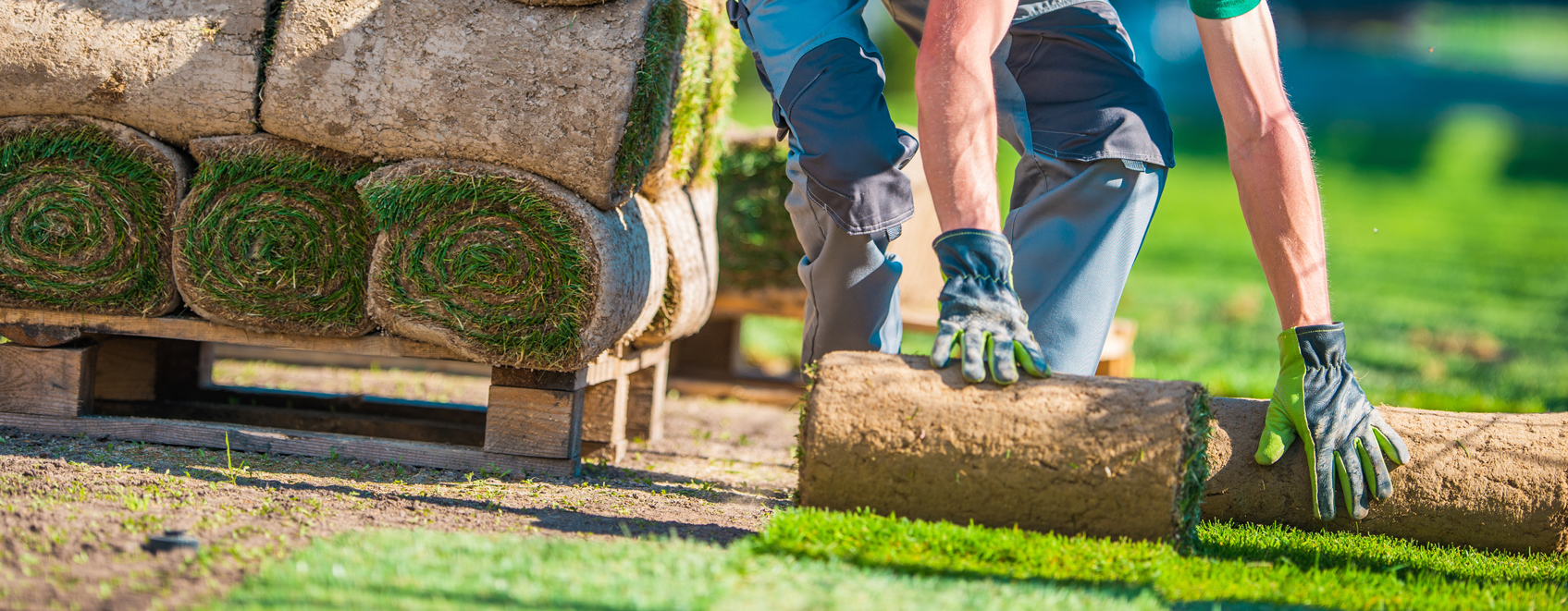Reducing your risk with a landscape safety program

Running a landscaping and snow removal business is hard work and the last thing you need is to be slowed by accidents and insurance claims during your busiest season.
Unfortunately, landscaping and snow removal can also be dangerous work. More than 225 grounds maintenance workers died in 2019—the largest number since the U.S. Department of Labor began tracking fatalities in this job sector since 2003. Workers must navigate heavy machinery, changing conditions and strong chemicals, all while safely transporting gear and materials to the jobsite and back.
Keeping your employees safe and productive is hard but a landscape safety program can help.
What is a landscape safety program?
You've probably heard of health and safety programs before. They are guides companies can use to prevent injuries, illnesses and deaths on the job.A safety program traditionally outlines:
- Safety responsibilities of the company and management.
- Safety responsibilities of employees.
- Hazard identification and assessment.
- Hazard prevention and control processes.
- Education and training guidelines.
- Program evaluation methods.
UFG Insurance’s risk control team can help you design your landscape safety program and create a culture of safety within your company. OSHA also has a complete guide of recommended practices for safety and health programs when you’re ready to start working on yours.
It should be noted that a well-designed landscape safety program can save your business big money. The average workers compensation cost (medical plus indemnity) in 2018 for a sprain or strain was roughly $32,000, according to the National Safety Council. That does not include time lost to finding and training replacements for injured workers, or damage to machinery or property.
That’s why it’s also important to have landscaping and snow removal insurance coverage to help protect your business from larger losses.
What is landscaping and snow removal insurance?
Much like other industry-specific insurance programs, landscaping and snow removal insurance involves bundling and tailoring common business policies to protect against the industry’s unique risks.
This type of insurance typically includes:
- General liability, to shield your business against injury and property damage claims.
- Property coverage, to protect your buildings, equipment and materials.
- Workers compensation, to protect employees and your company in the event of an on-the-job injury or death.
- Commercial auto, to protect your fleet of vehicles and trucks.
- Inland marine coverage, to protect your equipment and materials while in transit.
- Business interruption coverage, in case something prevents your business from operating and/or paying your financial obligations.
Your specific coverage needs will vary, depending on what portion of the landscaping and snow removal industry your company operates in. For example, the coverage a landscape architect needs is much different than what a snow plow operator may need.
Your friendly UFG agent can help you identify what your business requires and make sure your teams keep up the good work all season long.

